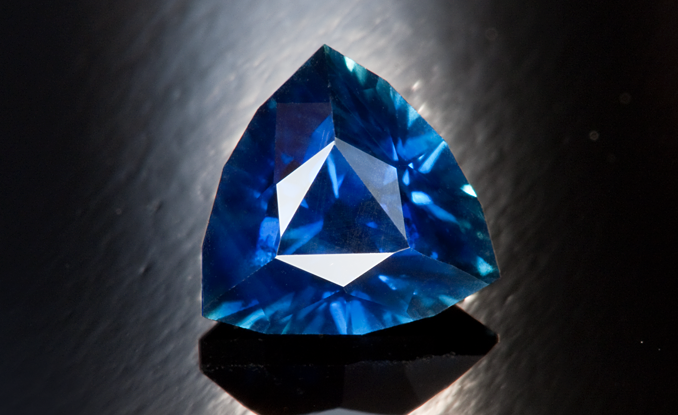No products in the cart.
Technical
What Are The Common Sapphire Treatments?
Sapphire treatments are process that are applied to the gem after it has been mined out of the ground to improve the colour or clarity of the stone. Many of these treatments can alter the cost drastically.
Unheated Sapphire is the most expensive type of Sapphire for sure. These gems come out of the ground showing the beautiful blue colour naturally without any intervention from humans.
Some of the common Sapphire treatments include:
1) Heating. Sometime the term “old heat” is used which means the stone is heated in a furnace. What this does is improve the clarity (by melting needles inside the stone called rutile needles) and also improve the blue colour.
2) Beryllium treatment. Sometime termed “new heat”, where they add Beryllium into the furnace which enters the gem to make it blue. These stones most likely came out of the ground a different colour, such as pale blue, brown or clear. The treatment is permanent though.
3) Surface Diffusion. This is where they diffuse the element that causes colour in Sapphire (titanium) into the surface of the stone to make it an amazing blue colour. This treatment is like applying a skin over the stone, so it can wear away over time.
4) Doublets. Sometimes they glue a piece of natural Sapphire over synthetic. This makes it look like a natural gemstone when viewed from above.
5) Synthetic Sapphire is fairly common. Impossible to tell from photos if it is Synthetic or not
6) Fracture filling. Just like Rubies, some Sapphires (mostly green Sapphires) will have some type of fracture filling applied to them to improve the clarity.
When looking at Sapphires keep in mind the following things:
1) Colour. Most important thing in coloured gems is colour!
2) Size
3) Clarity
4) Treatments
5) Origin
Sapphires are a beautiful and durable gemstone. They come in almost every colour and they have been worshiped for centuries. Why not buy one and see for yourself.



